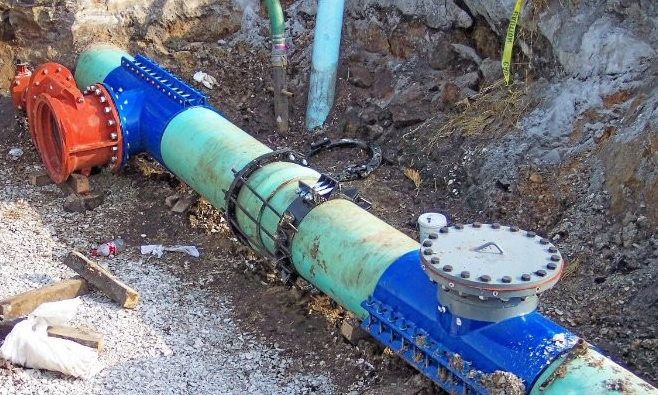The maintenance of pipeline systems is essential for ensuring their durability and performance. One crucial method that plays a significant role in this process is pipeline line stopping. This innovative technique allows operators to address issues like leaks and damage without shutting down the entire pipeline. By preventing costly disruptions and optimising operations, pipeline line stopping has become an indispensable tool for industries that rely on pipeline systems.
Understanding Pipeline Line Stopping
Pipeline line stopping refers to a maintenance procedure where the flow within a pipeline is temporarily halted using specialised equipment. This controlled isolation enables technicians to work on a specific section of the pipeline without affecting the rest of the system. Industries such as oil and gas, water utilities, and chemical processing rely heavily on pipeline line stopping to manage repairs, upgrades, and emergency interventions efficiently.
How Line Stopping Prevents Leaks
Leaks in pipelines can occur due to various reasons, including corrosion, structural weaknesses, or unexpected pressure fluctuations. Pipeline line stopping acts as a preventative measure by isolating compromised sections of the pipeline. By creating a secure barrier, it prevents the spread of leaks and minimises potential damage to surrounding areas. For example, during emergencies, pipeline line stopping ensures that the issue is contained quickly and effectively, safeguarding both the environment and operational assets.
Maximising Efficiency with Line Stopping
In addition to preventing leaks, pipeline line stopping significantly enhances operational efficiency. Traditional methods of addressing pipeline issues often require complete system shutdowns, resulting in extensive downtime and revenue losses. However, with pipeline line stopping, maintenance and repairs can be performed while the rest of the system continues to function. This method not only saves time but also reduces operational costs, making it an essential practice for maintaining efficiency in pipeline-dependent industries.
Key Benefits of Line Stopping
The advantages of pipeline line stopping extend beyond leak prevention and efficiency. This technique prevents environmental hazards by stopping leaks before they escalate into major incidents. Furthermore, it reduces operational downtime, ensuring that businesses can meet production targets without interruptions. For projects requiring pipeline modifications or expansions, pipeline line stopping provides a safe and controlled environment to complete the necessary work. Its versatility and reliability make it a preferred choice for pipeline maintenance.
Innovations in Line Stopping Technology
Advancements in pipeline line stopping technology have significantly improved the safety, precision, and effectiveness of this method. Modern equipment is designed to handle a wide range of pipeline sizes and materials, ensuring compatibility across industries. Moreover, recent innovations have made it possible to perform pipeline line stopping even under high-pressure conditions, further expanding its applications. By staying up-to-date with these advancements, operators can optimise their maintenance processes and reduce risks.
Choosing the Right Service Provider for Line Stopping
The success of pipeline line stopping depends heavily on the expertise of the service provider. It is essential to work with professionals who have a proven track record in delivering safe and efficient solutions. A reliable contractor will use state-of-the-art tools and techniques to ensure the job is completed with minimal impact on operations. Additionally, businesses should look for providers with industry certifications and a strong reputation for quality in pipeline line stopping services.
Takeaway
Pipeline line stopping plays a pivotal role in maintaining the integrity and efficiency of pipeline systems. By preventing leaks and minimising operational disruptions, this method ensures that industries relying on pipelines can operate without unexpected setbacks. Whether for routine maintenance, emergency repairs, or system upgrades, pipeline line stopping provides a reliable and cost-effective solution. Proactive pipeline maintenance, incorporating techniques like pipeline line stopping, is key to safeguarding both infrastructure and the environment.











